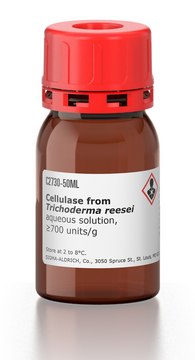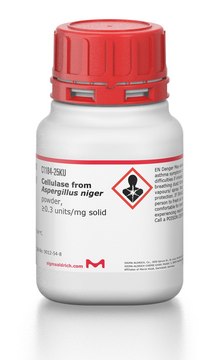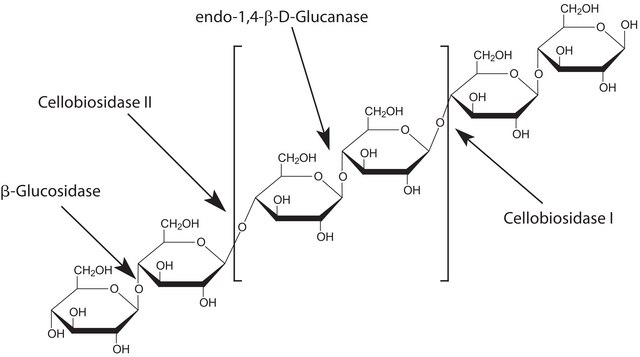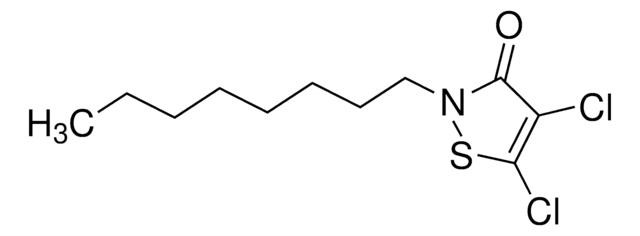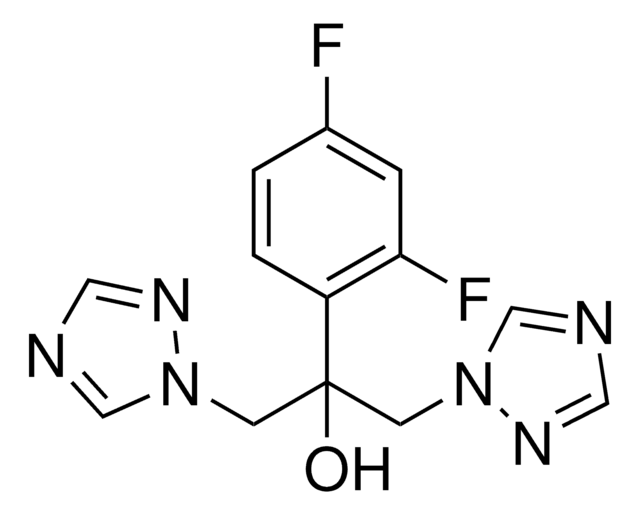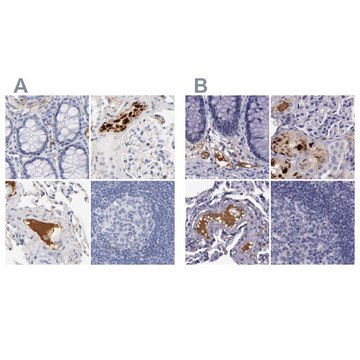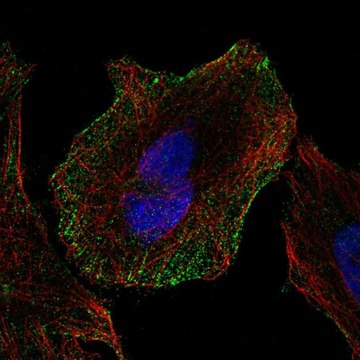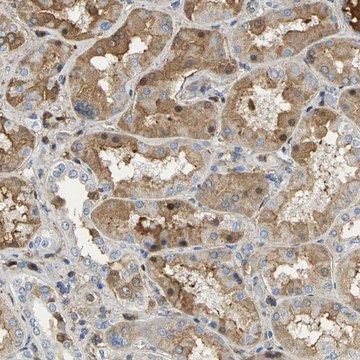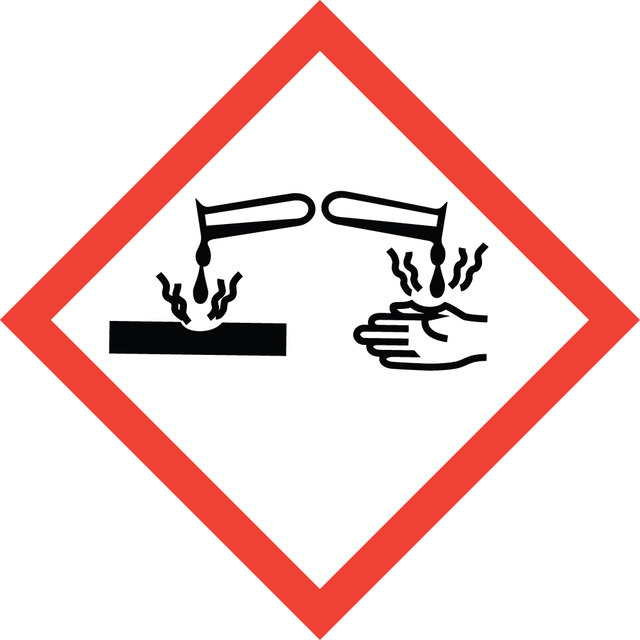939935
Iron(II) chloride anhydrous

≥99.99% trace metals basis
Synonym(s):
Iron(II) chloride, Ferrous chloride, Iron dichloride
Select a Size
Select a Size
About This Item
Recommended Products
Quality Level
assay
≥99.99% trace metals basis
form
powder or crystals
greener alternative product characteristics
Design for Energy Efficiency
Learn more about the Principles of Green Chemistry.
sustainability
Greener Alternative Product
impurities
≤100 ppm (trace metals analysis)
mp
677 °C (lit.)
solubility
water: soluble
density
3.16 g/mL at 25 °C (lit.)
3.16 g/mL at 25 °C
anion traces
chlorate, nitrate (as NO3-): ≤20 ppm
sulfate (SO42-): ≤20 ppm
≤50 ppm (oxygen)
Looking for similar products? Visit Product Comparison Guide
1 of 4
This Item | HPA003732 | HPA001380 | HPA005495 |
|---|---|---|---|
| conjugate unconjugated | conjugate unconjugated | conjugate unconjugated | conjugate unconjugated |
| antibody form affinity isolated antibody | antibody form affinity isolated antibody | antibody form affinity isolated antibody | antibody form affinity isolated antibody |
| Quality Level 100 | Quality Level 100 | Quality Level 100 | Quality Level 100 |
| biological source rabbit | biological source rabbit | biological source rabbit | biological source rabbit |
| product line Prestige Antibodies® Powered by Atlas Antibodies | product line Prestige Antibodies® Powered by Atlas Antibodies | product line Prestige Antibodies® Powered by Atlas Antibodies | product line Prestige Antibodies® Powered by Atlas Antibodies |
| shipped in wet ice | shipped in wet ice | shipped in wet ice | shipped in wet ice |
General description
Application
Features and Benefits
- Anhydrous
- Low water content
- Low Oxygen content
-Perfect use for molten salt reactors
signalword
Danger
hcodes
Hazard Classifications
Acute Tox. 4 Oral - Eye Dam. 1
Storage Class
13 - Non Combustible Solids
wgk_germany
WGK 1
flash_point_f
Not applicable
flash_point_c
Not applicable
Choose from one of the most recent versions:
Certificates of Analysis (COA)
It looks like we've run into a problem, but you can still download Certificates of Analysis from our Documents section.
If you need assistance, please contact Customer Support
Already Own This Product?
Find documentation for the products that you have recently purchased in the Document Library.
Our team of scientists has experience in all areas of research including Life Science, Material Science, Chemical Synthesis, Chromatography, Analytical and many others.
Contact Technical Service